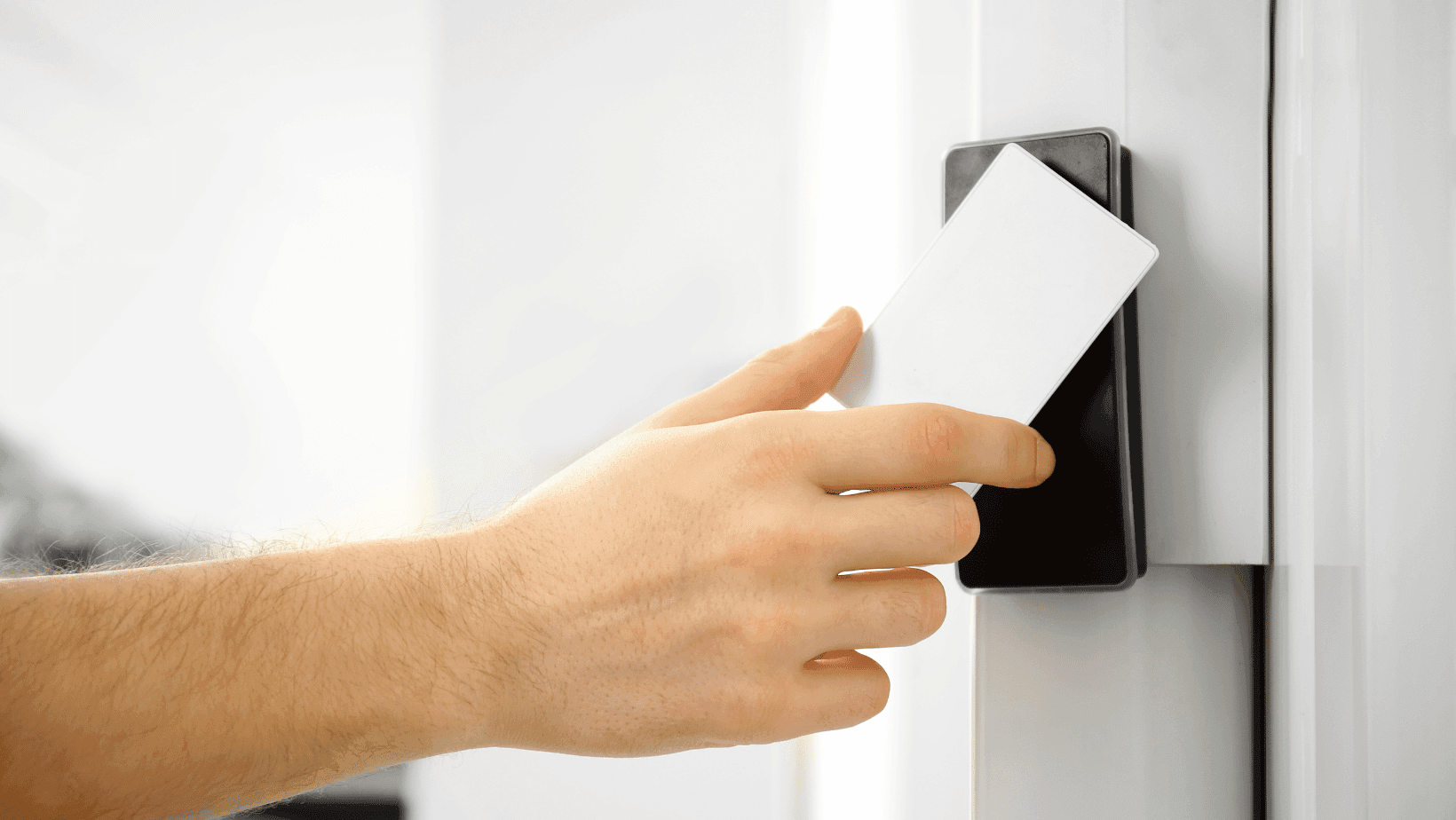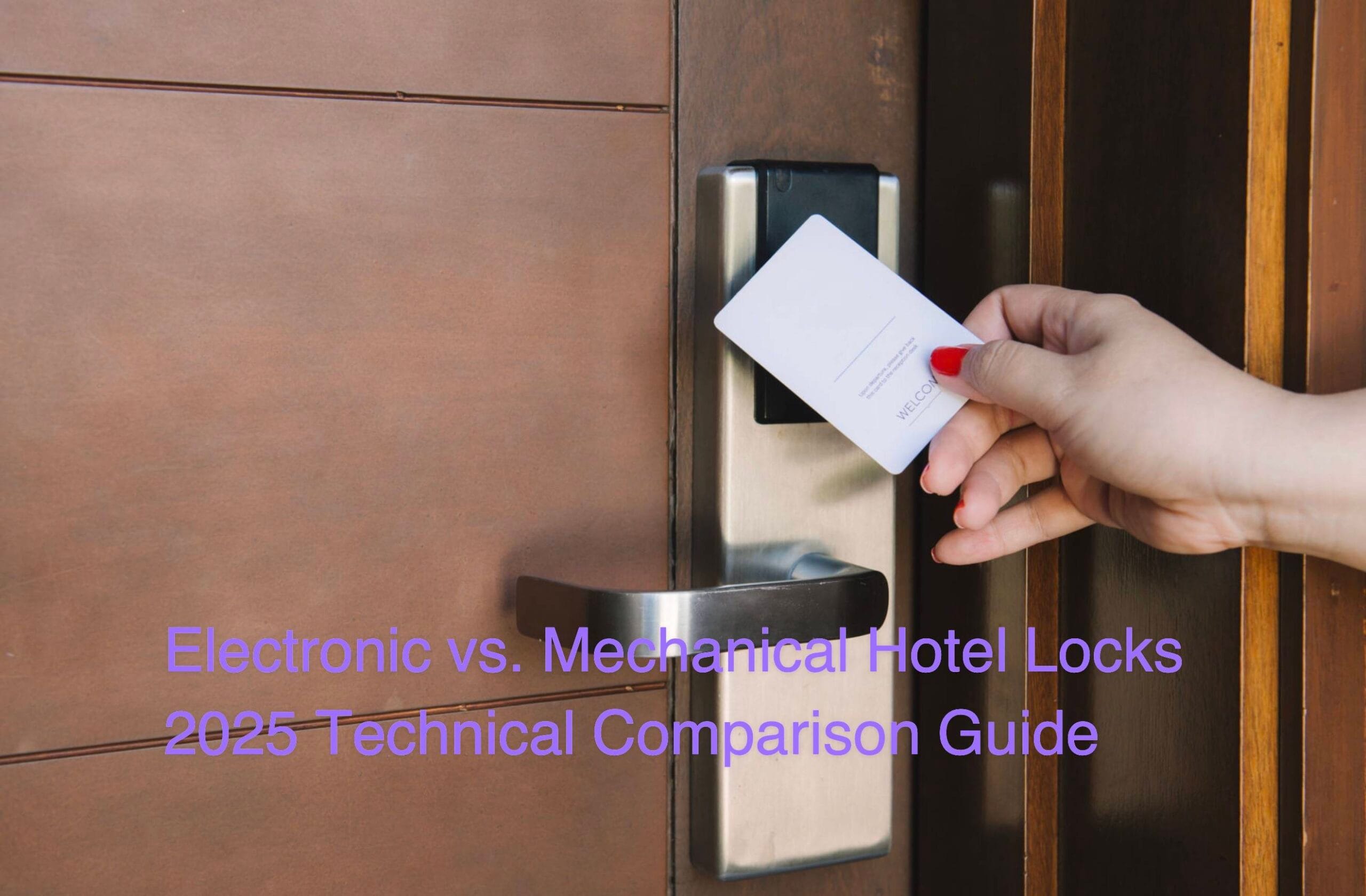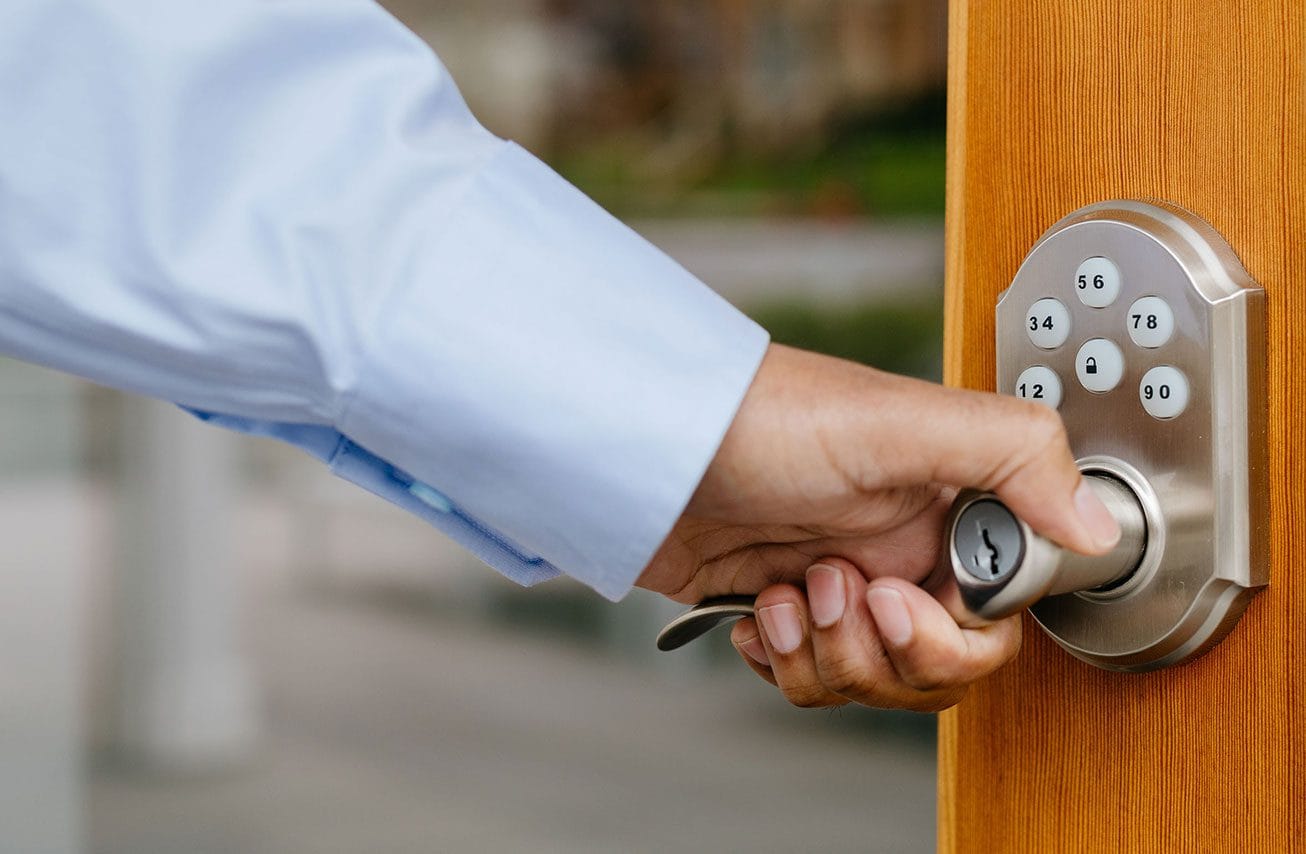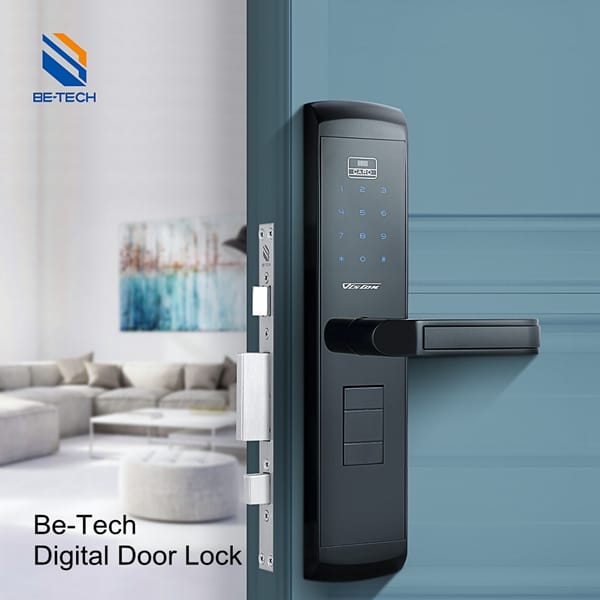In today’s digital landscape, ensuring security is paramount for both residential and commercial properties. Understanding what a smart access control system entails is essential for enhancing security measures while streamlining management processes. This article explores the definition, applications, benefits, usage instructions, common misconceptions, and emerging trends in this evolving field.
What is Smart Access Control System?
A smart access control system is an advanced electronic security solution that manages entry to physical spaces without relying on traditional keys. Utilizing technologies such as biometrics, RFID (Radio-Frequency Identification), and NFC (Near Field Communication), these systems authenticate users through mobile applications, enhancing security measures significantly.
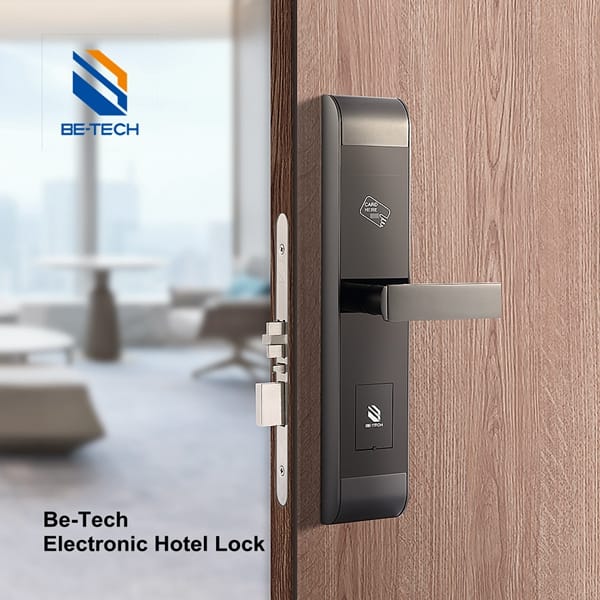
Key Features and Benefits
Enhanced Security
Smart access control systems reduce unauthorized entry risks by eliminating physical keys, which can be lost or duplicated. Digital keys can be deactivated remotely if compromised, providing superior security compared to mechanical locks.
Real-Time Monitoring
These systems enable property managers to monitor access in real time, allowing tracking of who enters and exits a building at any moment. This capability is crucial for maintaining security and responding promptly to potential breaches.
Remote Management
Users can manage access permissions from anywhere using mobile applications or cloud-based platforms. This flexibility allows quick updates to user access without needing physical presence, ideal for managing temporary or visitor access.
Audit Trails
Smart access control systems generate detailed logs of entry events, invaluable for security audits and investigations into incidents. This feature enhances accountability and helps organizations maintain compliance with security protocols.
Cost-Effectiveness
While initial setup costs may be higher than traditional systems, smart access control can lead to significant long-term savings due to reduced costs associated with rekeying locks and managing physical keys, alongside improved operational efficiency.
Key Applications of Smart Access Control Systems
1. Residential Homes
- Keyless Entry Solutions: Homeowners can effortlessly unlock doors using smartphones or key fobs, eliminating reliance on traditional keys.
- Temporary Access Management: Users can generate temporary access codes for guests or service personnel, significantly enhancing convenience and security.
- Real-Time Monitoring Capabilities: Homeowners can track who enters their property in real-time, providing peace of mind regarding safety.
2. Commercial Buildings
- Employee Access Tracking: Businesses can efficiently monitor employee entry and exit times, ensuring accountability and enhancing workforce management.
- Dynamic Access Permissions: Smart systems facilitate easy management of access rights across multiple locations, allowing companies to grant or revoke access remotely.
- Comprehensive Audit Trails: These systems maintain detailed logs of access events, aiding compliance and security investigations.
3. Hospitality Sector
- Streamlined Guest Check-ins: Hotels leverage mobile apps for seamless guest check-ins, enabling keyless room access that enhances guest experiences while reducing operational costs.
- Integration with Management Systems: Smart locks can seamlessly integrate with existing hotel management software, optimizing operations and improving guest satisfaction.
- Advanced Security Features: Cutting-edge encryption and tamper-proof mechanisms safeguard guest data effectively.
4. Educational Institutions
- Controlled Access Protocols: Schools implement smart access solutions to restrict entry solely to authorized personnel, significantly enhancing student safety.
- Visitor Management Systems: These technologies simplify visitor management processes while ensuring compliance with security protocols.
5. Healthcare Facilities
- Regulatory Compliance Assurance: Hospitals utilize smart access controls to adhere to health data regulations (e.g., HIPAA) by restricting entry to sensitive areas.
- Enhanced Patient Safety Measures: Robust security protocols protect patients and staff from unauthorized access while ensuring that only authorized personnel can enter critical areas.
6. Financial Services
- Secure Data Access Management: Banks employ smart access controls to meet stringent regulatory requirements by managing access to sensitive information effectively.
- Detailed Audit Capabilities: These systems provide comprehensive logs of access events crucial for compliance audits.
7. Industrial Applications
- Safety Compliance Enforcement: Factories utilize smart access controls to limit entry to hazardous areas, ensuring adherence to safety protocols.
- Operational Efficiency Improvements: Automating access management reduces time spent on manual processes related to key distribution and monitoring.
8. Emerging Technologies
Smart access control systems are increasingly integrating with IoT technologies, enabling real-time monitoring and management capabilities. They utilize tools such as RFID, NFC, and Bluetooth for secure contactless entry, enhancing both security and user experience through remote management functionalities.
Benefits and Features of Smart Access Control Systems
Smart access control systems are transforming security management across various sectors by providing enhanced security, convenience, real-time monitoring, and cost-effectiveness.
Enhanced Security
- Elimination of Physical Keys: Digital alternatives significantly reduce risks associated with lost or stolen keys, enhancing overall security measures.
- Remote Deactivation Options: Users can deactivate digital keys remotely, ensuring that lost keys do not compromise property safety.
Convenience
- Mobile Management Capabilities: Access permissions can be managed through user-friendly mobile applications, allowing for immediate updates without requiring physical presence.
- Intuitive User Interfaces: Many systems feature simplified interfaces that facilitate easy granting or revoking of access.
Real-Time Monitoring
- Comprehensive Activity Tracking: Property managers can monitor entry and exit activities in real-time, providing a clear overview of security status at any moment.
- Proactive Alerts and Notifications: Systems can send alerts regarding unauthorized access attempts, enhancing responsiveness to potential threats.
Cost-Effectiveness
- Long-Term Financial Savings: Although initial setup costs may be higher than traditional systems, smart access control leads to savings over time due to reduced rekeying needs and management of physical keys.
- Lower Maintenance Costs: Digital systems generally require less maintenance than mechanical locks, contributing to overall cost efficiency.
Be-tech’s products exemplify these advantages by integrating features such as biometric authentication and cloud management capabilities, which streamline operations across multiple properties. By adopting these advanced solutions, organizations can significantly enhance their security frameworks while enjoying operational efficiencies.
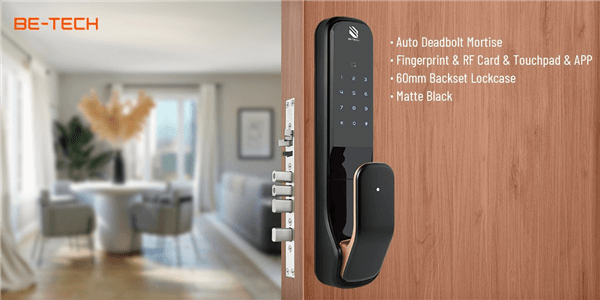
Steps to Implement a Smart Access Control System
1. Assess Security Needs
Evaluate your property’s specific security requirements by considering:
- Property type (commercial, residential, hospitality)
- Number of access points requiring control
- User demographics (employees, guests, contractors)
- Desired security level (biometric verification vs. keycards)
This assessment tailors the system to meet unique needs effectively.
2. Select Appropriate Technology
Choose technology that aligns with your operational preferences:
- Biometric Readers: Ideal for high-security areas using fingerprints or facial recognition.
- RFID Systems: Convenient key fobs or cards for easy access.
- Mobile App Solutions: Allow users to unlock doors via smartphones, enhancing user experience.
Ensure compatibility with existing systems if managing multiple properties.
3. Install the System
Follow manufacturer guidelines or hire professionals for installation. Key components include:
- Readers/Scanners: Validate user credentials at entry points.
- Control Panels: Central units that manage access permissions.
- Electronic Locks: Replace traditional locks, controlled by the system’s signals.
Securely mount all components according to installation guides.
4. Configure User Access
Set up user profiles within management software or apps by:
- Defining area access for each user
- Setting time restrictions (e.g., employee access during work hours)
- Issuing temporary credentials for visitors or contractors
This configuration ensures only authorized personnel can enter sensitive areas.
5. Monitor and Adjust as Needed
Regularly review access logs and permissions to adapt to changing security needs by:
- Monitoring real-time alerts for unauthorized attempts
- Adjusting permissions based on roles
- Integrating video surveillance for enhanced monitoring capabilities
Routine checks maintain optimal security levels over time. For detailed product specifications, check out Be-tech Electronic Hotel Lock – VISUAL III RFID (V5 SERIES).
Common Misconceptions
Despite their growing popularity, several misconceptions about smart access control systems persist:
- They Are Too Complex: Many users believe that these systems are difficult to manage; however, most modern solutions are designed with user-friendliness in mind.
- They Are Vulnerable to Hacking: While no system is completely immune to cyber threats, advanced encryption methods used in smart locks significantly reduce this risk compared to traditional locks.
- They Are Only for Large Organizations: Smart access controls are scalable solutions suitable for homes as well as businesses of all sizes.
Emerging Trends in Smart Access Control Systems
As technology evolves rapidly, several trends are shaping the future of smart access control:
- Cloud-Based Solutions: Increasingly popular due to their cost-effectiveness and ease of management from remote locations.
- Integration with IoT Devices: Enhances operational efficiency by providing real-time monitoring capabilities through interconnected devices.
- Biometric Authentication Advances: Offer unparalleled accuracy while eliminating issues related to lost credentials.
Conclusion
Understanding what a smart access control system entails is crucial in today’s security landscape. These advanced systems not only enhance safety but also streamline operations across various sectors. By leveraging technologies offered by companies like Be-tech, users can enjoy greater convenience alongside robust security measures tailored to their specific needs. As you consider upgrading your security protocols in 2025 and beyond, explore available options while staying informed about emerging trends in this dynamic field.
Feel free to share your experiences or insights regarding smart access control systems in the comments below! For further reading on hotel security technologies and their benefits, visit 10 Must-Have Hotel Security Technologies for 2024.


